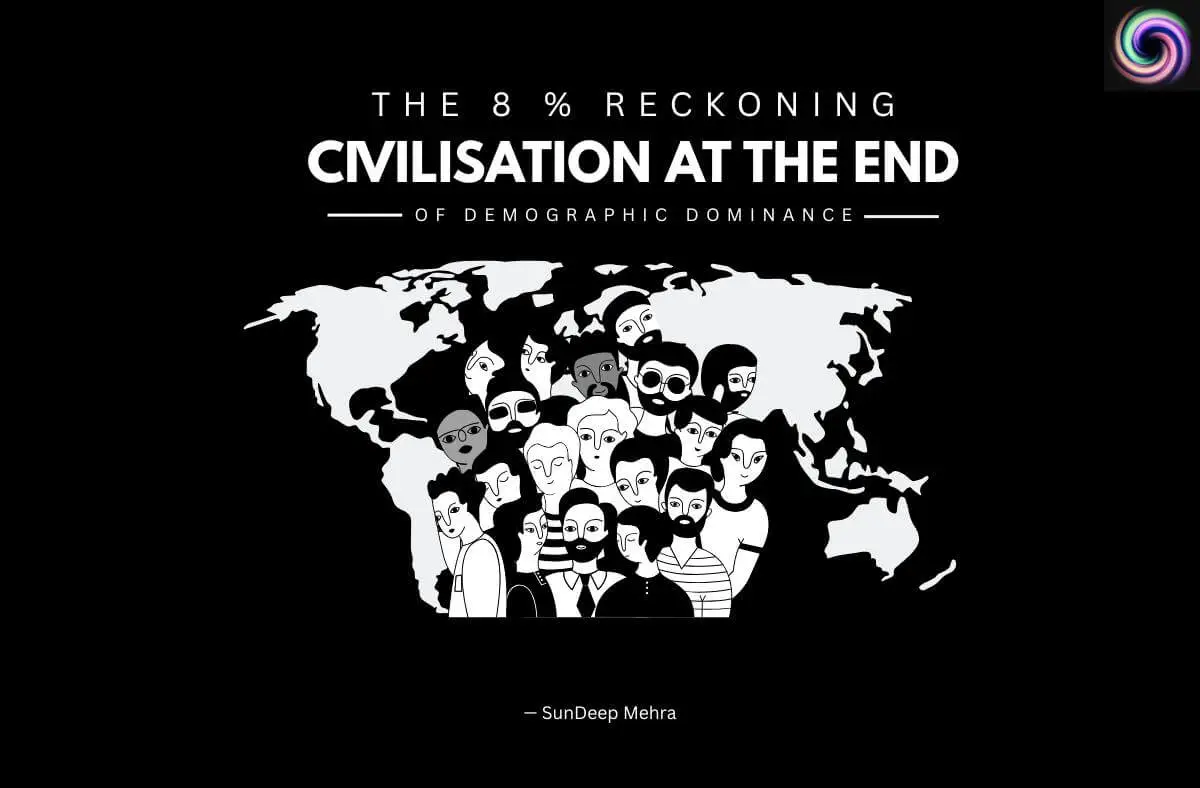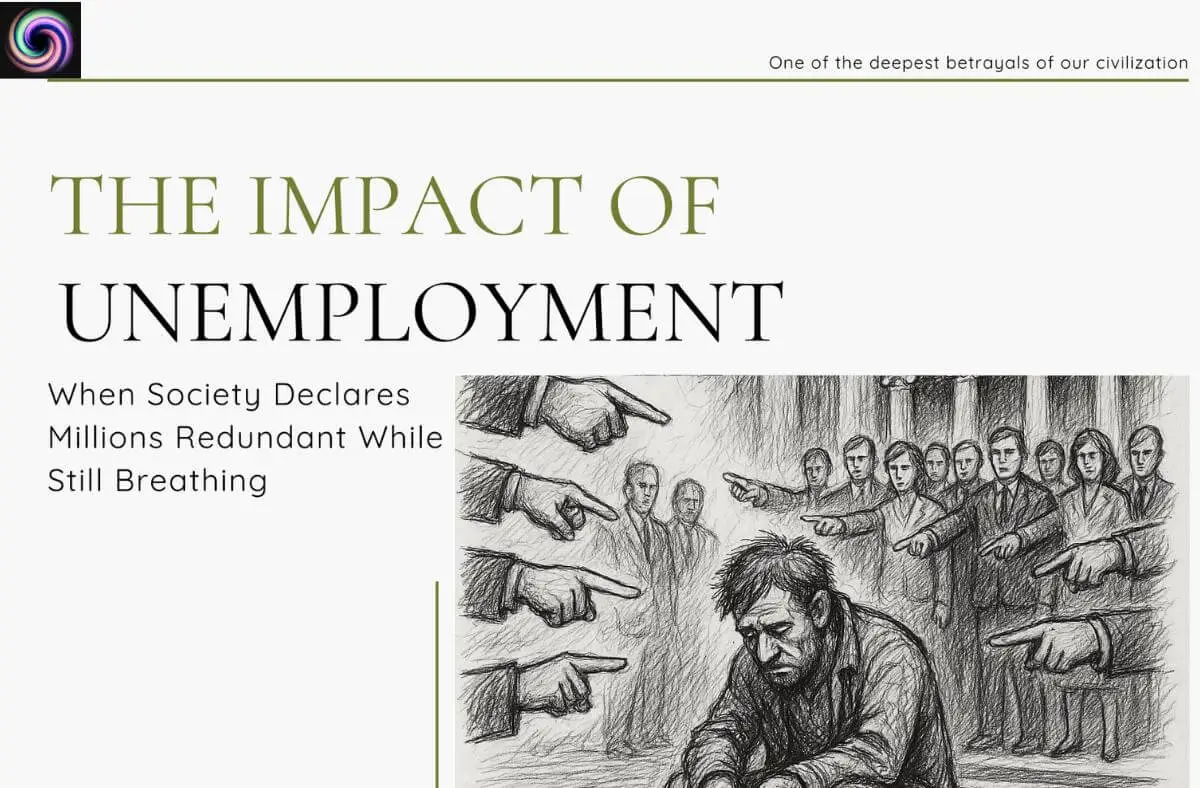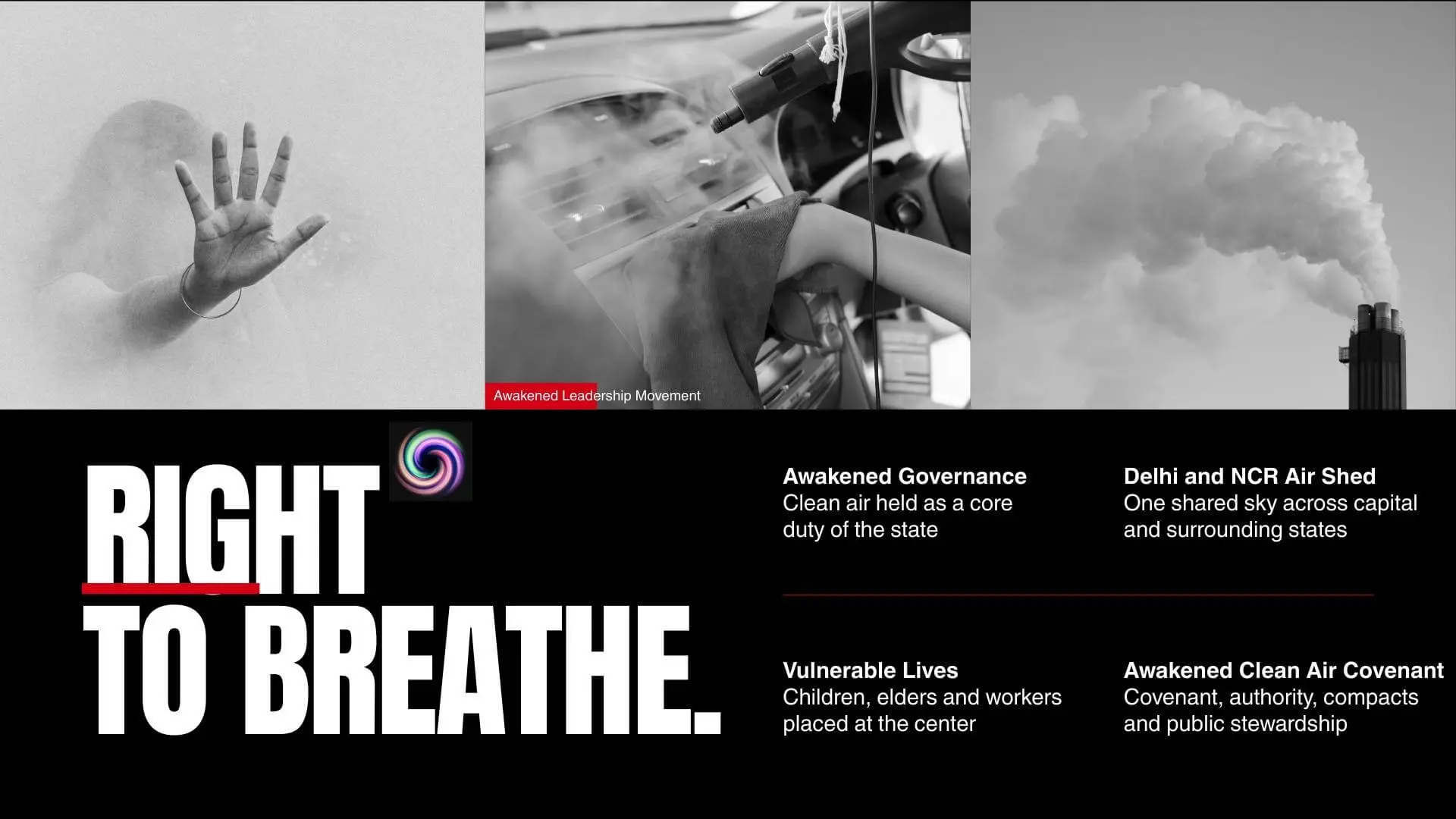
Leadership has never been about achieving perfection. It has always demanded a deeper kind of honesty. Not just honesty in communication, but honesty with the stories that shape a leader’s own decisions. Stories carried quietly, often without words. The ones that show up late at night. The missed conversations. The choices made in the name of urgency rather than clarity.
These stories do not always announce themselves. Some are retold in subtle ways. Others remain in the background, untouched but active. Yet something begins to shift when leaders stop trying to justify the past and start becoming curious about it. Not to correct it. Not to analyze it endlessly. Simply to observe it with clear presence and without resistance.
That level of awareness does not come from intellectual effort. It comes from stillness. From the ability to sit with what is true, without adding or subtracting. Once that clarity lands, something internal reorders. Quietly. Without dramatic change. A deeper sense of understanding emerges. Not because the past has changed, but because it is finally being seen without distortion.
Narrative Transformation in Leadership: The Three Questions That Shift Everything
There are three questions that hold the power to shift leadership from reaction to reflection. They do not belong in notebooks or workshop templates. They belong in real decisions. Inside tense conversations. At the edge of uncertain futures. Their purpose is not to provide instant answers but to unlock better questions.
- What could have been
- What would have been
- What should have been
These are not judgmental questions. They are grounding questions. They reveal what was unseen, what was possible, and what was misaligned. They invite leadership into truth, not as a fixed narrative, but more importantly, as an evolving relationship with what is real.
What Could Have Been: Reawakening Strategic Imagination
This question invites creative awareness. It marks an early step in narrative transformation in leadership, asking what might have been explored if urgency had not narrowed the lens. It points toward pathways not taken, not with regret but with curiosity. What could have been is not about fixing the past. It is about expanding perception in the present.
Under pressure, leadership often becomes reactive. The field of possibility shrinks. Decisions default to the familiar. What could have been reopens the field. It brings back the intelligence of imagination. It helps teams revisit what they overlooked, what they rushed past, or what they prematurely ruled out.
This question is not just for innovation departments or creative teams. It belongs at the heart of governance, strategy, and global leadership. In boardrooms and institutions alike, it shifts the focus from narrow execution to intelligent adaptability. It strengthens the ability to see beyond the obvious. And in a world where the terrain is constantly shifting, that capacity becomes essential.
What Would Have Been: Regrounding Ambition in Reality
This question brings clarity to ambition. It asks what was actually possible at the time, given real constraints. It removes the illusion that better outcomes were simply a matter of effort. It helps leaders examine structural reality without judgment.
Too often, organizations operate with assumptions that never get questioned. Decisions are made based on ideal conditions that do not exist. What would have been invites leadership to pause and ask whether the outcome being measured against was ever truly feasible.
This kind of clarity protects against what often causes projects to fail. Not the ambition itself, but the disconnection from context. When teams begin to ask what would have been, they start building from real ground. They make space for grounded ambition, not just inspiring vision. This leads to what can be called strategic sobriety. A state where leaders are no longer building castles in the air but designing from a place that understands actual capacity.
What Should Have Been: The Compass of Inner Alignment
This question goes to the heart of integrity. It asks whether a decision reflected the leader’s own values. Not theoretical values or public commitments, but the inner compass that guides what a leader knows to be right. What should have been is often the quietest question, but it can carry the deepest weight.
Many leadership programs avoid this kind of reflection because it is personal and not easily measured. Yet in the real world, this is where trust is built or broken. When outcomes feel misaligned, even if technically correct, something remains unresolved. What should have been invites that discomfort to be faced, not with blame but with responsibility.
This question is not about creating shame. It is about restoring alignment. It is about recognizing when a decision was made from pressure instead of principle, and then returning to the values that matter. When leaders are willing to reflect honestly here, without getting stuck, they begin to rebuild trust with themselves. This process sits at the heart of the awakened leadership model, where truth, alignment, and narrative clarity reshape how leaders lead from within. That trust becomes visible in how they show up. Not in performance, but in presence.
From Individual Reflection to Collective Transformation
These questions are powerful when used individually. But when they are brought into teams and systems, their impact multiplies. A single leader asking what should have been can bring awareness. A leadership group asking together can shift culture.
When teams begin to explore what really happened, not just what was reported, something profound occurs. The stories that are usually filtered begin to come out in full. As Harvard Business Review points out, storytelling can make or break your leadership, especially when leaders begin to share narratives with presence instead of polish. Not for blame. Not for an apology. But for clarity. The goal is not to rewrite the past. The goal is to learn how to lead forward with greater awareness.
This kind of collective reflection is at the heart of narrative transformation in leadership. It changes how teams listen. It changes how decisions are made. And it builds a kind of shared maturity that cannot be developed through tools alone. When the story becomes real, the learning becomes shared. And that is how transformation begins, not just within people, but within the systems they shape.
A Practice, Not a Tool
This way of engaging with leadership is not a one-time technique. It is part of a deeper narrative transformation in leadership, a rhythm of pausing and reconnecting to what matters.
Before major decisions, leaders and teams can ask what is genuinely possible within the current reality. They can ask what values must remain intact, even under pressure. They can imagine what other paths might exist beyond the familiar ones. After making decisions, they can reflect on what was missed, what story they are now carrying, and whether that story is helping or distorting.
This is not about finding perfect answers. It is about staying honest enough to keep asking. For leaders seeking guidance through high-stakes decisions, I offers a trusted leadership advisory space rooted in awakened clarity.
The Outcome: Leadership That Learns and Lives
When leaders ask these questions consistently, something quiet but powerful begins to shift. They stop reacting from pressure and start responding from presence. Decisions carry more weight because they are no longer driven by urgency alone, but by clarity that has been earned.
This approach doesn’t promise perfection. It creates space for honesty. Not just with others, but within the leader’s own process. Over time, this builds trust that cannot be manufactured. Not the kind that lives in branding, but the kind people feel in the room.
Leadership, at its best, is not a role to perform. It is a rhythm of awareness. The more clearly leaders see what shaped their choices, the more consciously they shape what comes next.
That is the real outcome of narrative transformation in leadership. Not cleaner stories, but wiser ones.
















